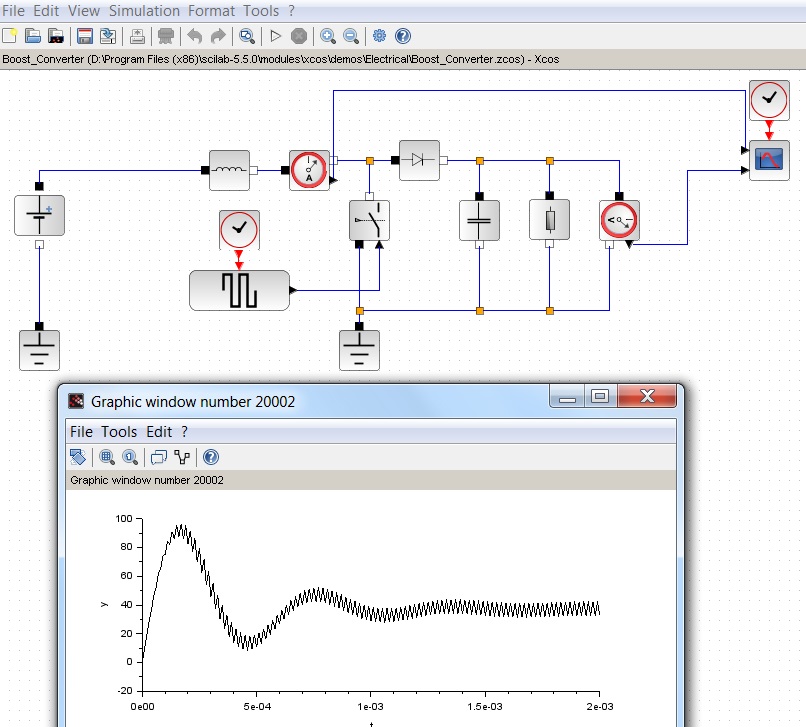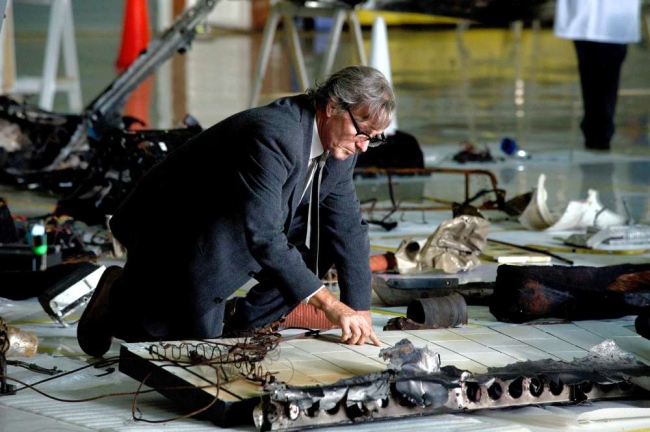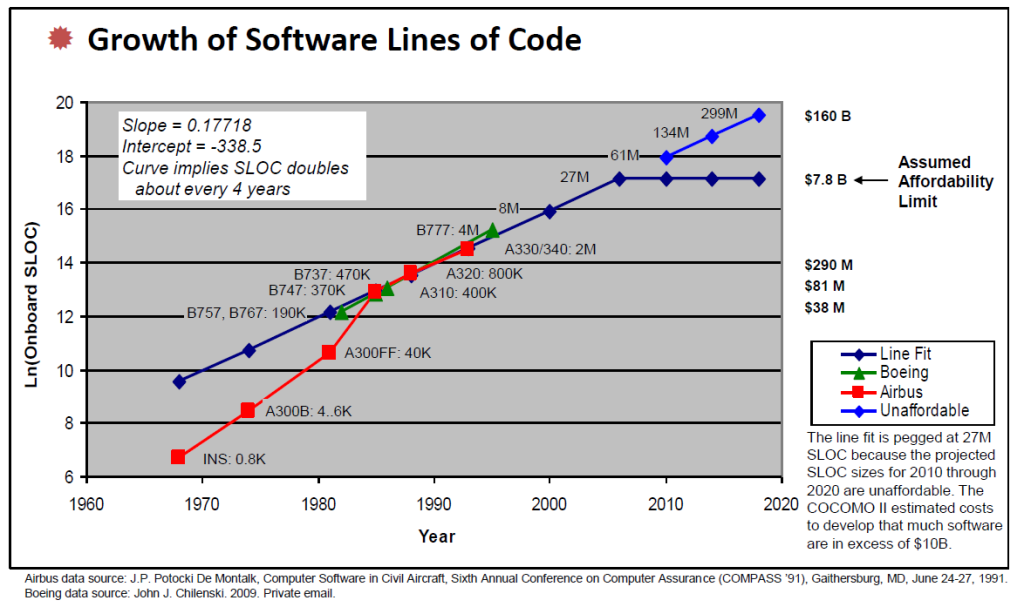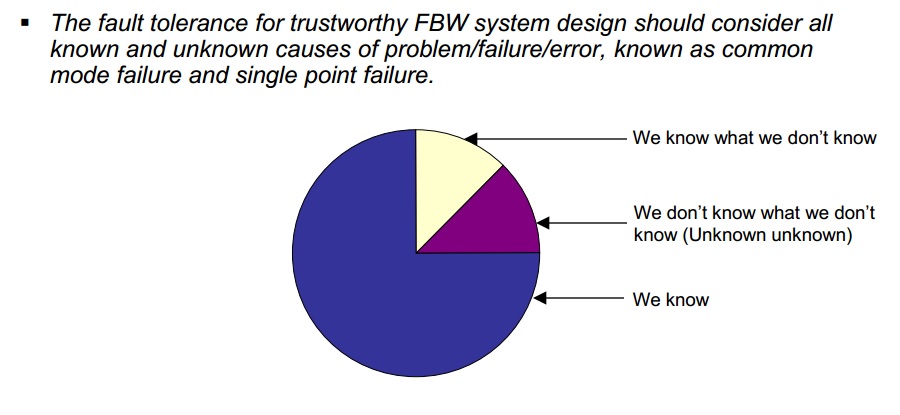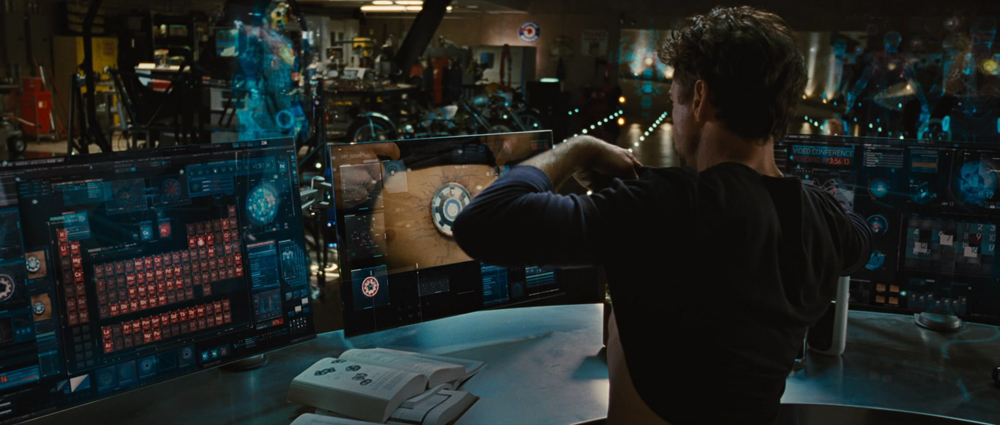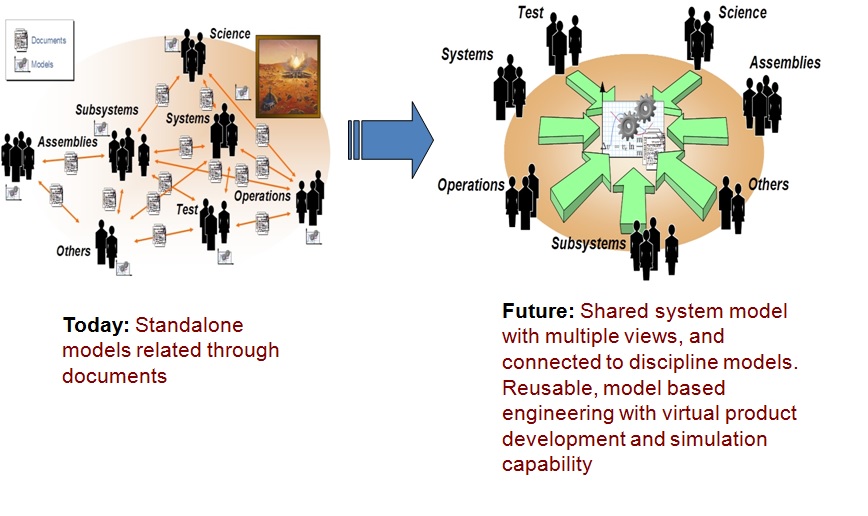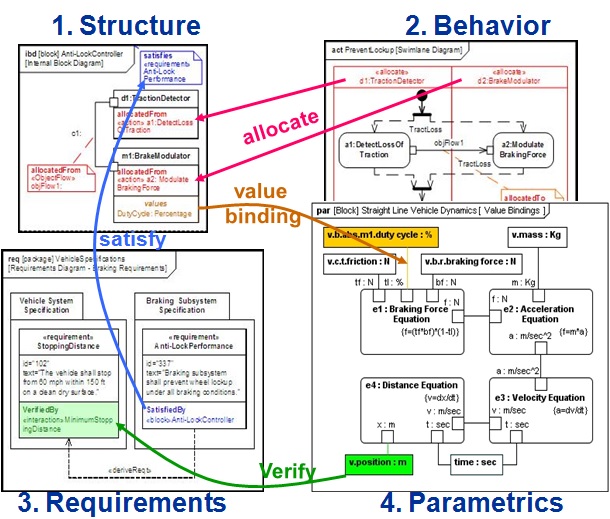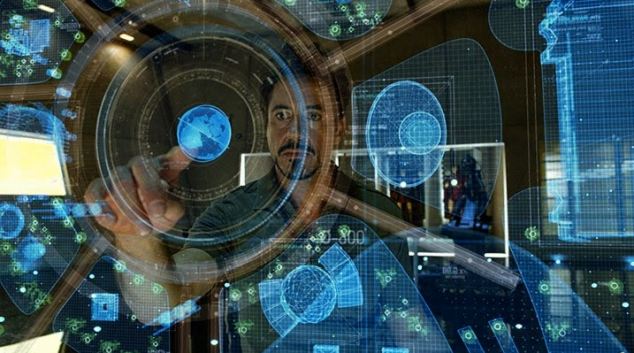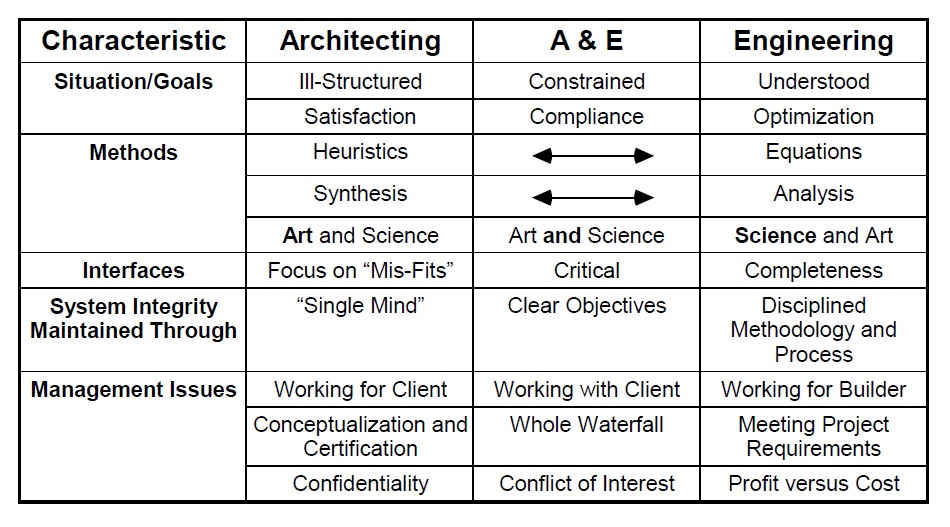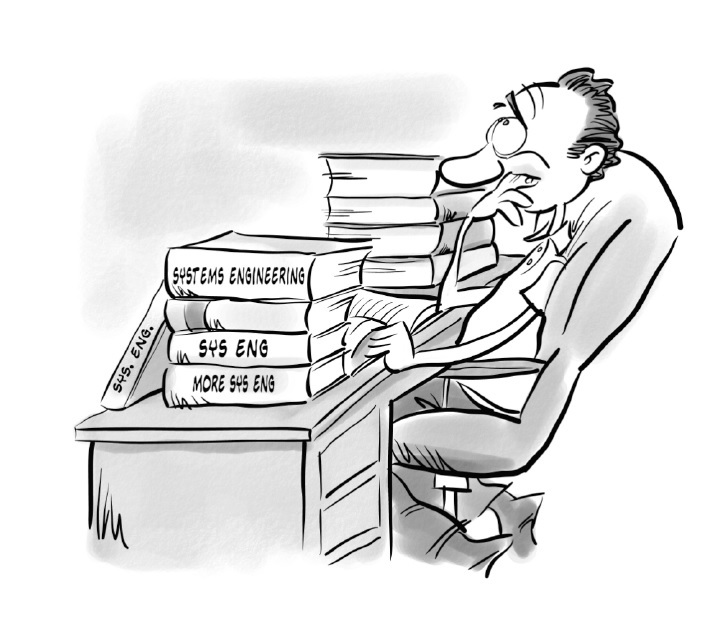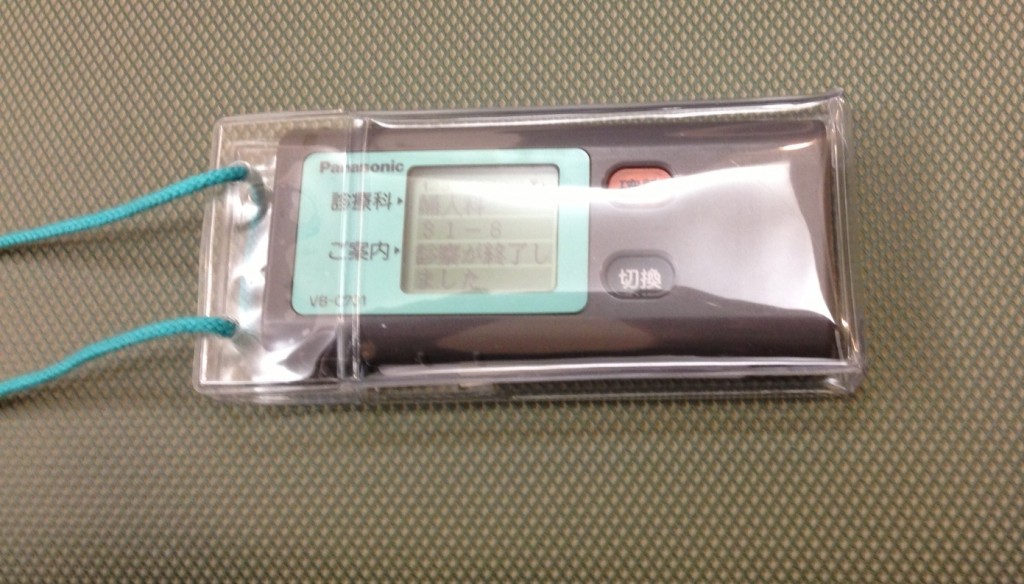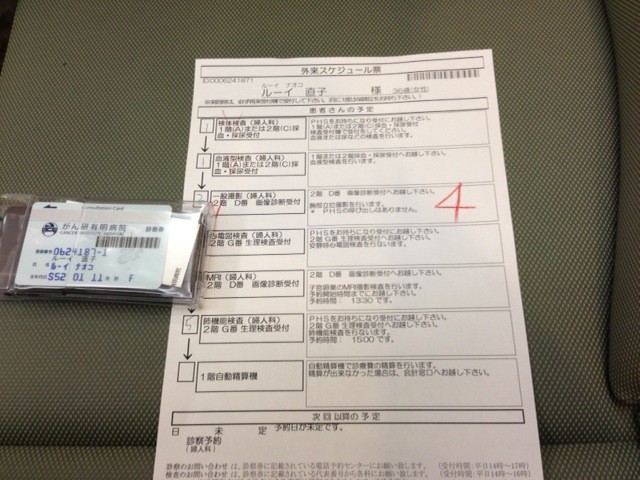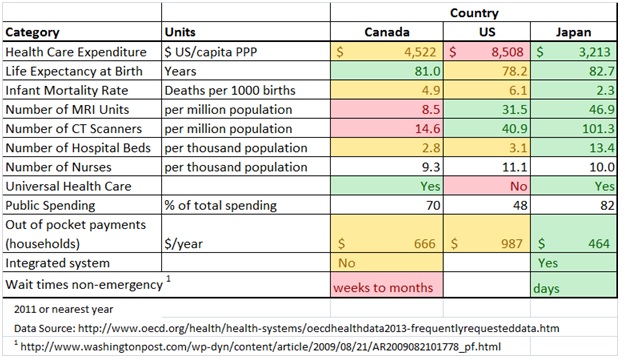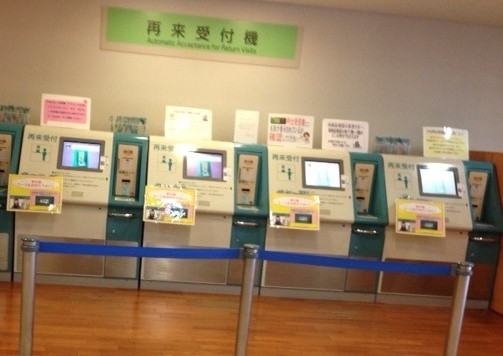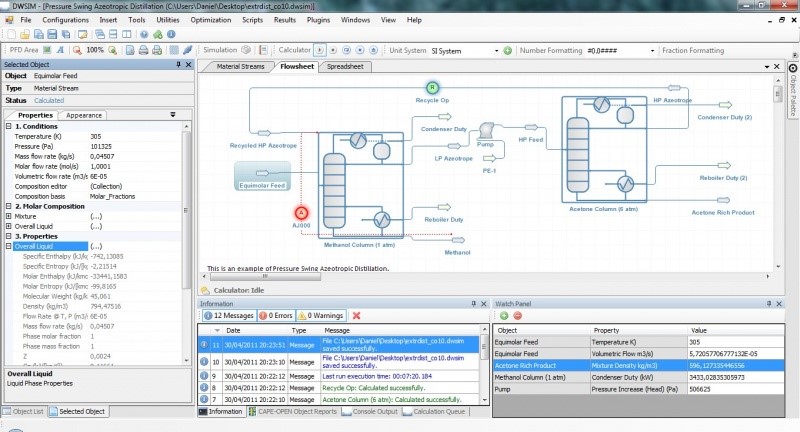Canada’s Men’s Hockey team won gold in the 2014 Sochi Olympics yesterday with both a winning strategy and a committed execution of that strategy.

Until the final game and result, it was not fully clear what their strategy was, nor whether it would meet the goal of a gold medal. The Canadian team was clearly loaded with scoring talent, but so were the Americans, Russians, Swedes, and Finnish teams. The International Ice Rink size is larger than the NHL rinks, which changes the game to require faster skaters and skill players, and is the development environment for the European Hockey players. In the first four games of the tournament for the Canadians, they did not score as many goals as expected with only a 2-1 overtime win vs. the Finns and a 2-1 win over Latvia. The US team had been scoring on average 5 goals per game over their first four wins, including a 5-2 win over the Czech team in the Quarterfinals.
The Semi Finals
The story going into the Semi-final game between the US and Canada was that the Canadian team was slightly stronger overall on paper, with a little more depth, but that the US team was clearly playing much better. Analysts were pretty split on who would win, as they seemed evenly matched, the outcome was difficult to call, and if anything the momentum seemed to be on the US side.

The Canadians won the game 1-0, and while the score was close, most observers commented that the Canadian team was pretty dominant defensively, and the American’s really struggled to get any sustained pressure or second chances.
The Bronze Medal Game
The American’s went up against the Finns in the Bronze medal game, and again were favoured, because the Finnish team was not as talented or deep, with only about half their roster from the NHL. The American team was embarrassed 5-0, and went home without a medal. In this game, the Finnish team showed that when they play their European style of hockey they are very strong, and the US team showed that a lack of heart, intensity, and poise, and fell apart.
The Gold Medal Game
Going into the Gold medal game, again, there were many doubts on whether the Canadians would win. The Finnish team showed the night before that the European style of hockey can demolish a more talented US team. The Swedish team was stronger than the Finnish team, and beat them 2-1 in the semi-finals. The Canadians still seemed to have trouble scoring goals, though had also been demonstrating very few goals against. The Canadian goaltender, Carey Price, had not been tested much in the tournament, and had not had to make that many difficult saves, whereas the Swedish Goaltender, Henrik Lundqvist had seemed to have demonstrated stronger performances in the past 5 games. Overall the story going into the game was that either team had a good chance of winning.

The Canadian’s won 3-0 in a dominating, clinical performance and won Gold.
The Strategy
The medal was won with a complete commitment to a team defense model that emphasized offensive puck possession. It was not a sit back and turtle team defense. Instead it relied on a combination of the forwards coming back to help the defense when the other team had the puck, and then when the Canadians had the puck, they kept it as much as possible through puck possession, strong backcheck and forecheck, and help from the defensemen in the attacking zone. The Canadian’s scored only 17 goals in 6 games the 2014 tournament, whereas in the previous 2010 Olympics they scored 35 goals. But in the 2014 Olympics, they only allowed 3 goals over those 6 games, and had two shutouts in the semi-final and gold medal game. While they did not score a lot, they didn’t need to. The other teams really could not generate sufficient chances against the Canadian team.
Defense wins championships.
This strategy was unrolled to the team in August 2013 at the Calgary training camp, and used Ball Hockey to demonstrate the system of team defense. They had to use ball hockey because for insurance reasons they couldn’t use an ice surface.

During the Olympic tournament, observers could see that the players had totally bought into this system, from their between game interviews, to their short shifts, to their selfless play.
“It was a feeling of absolute trust,” was how Jonathan Toews described the feeling of being one of Canada’s team members. “As soon as you jump over the boards you’re going out there to do the exact same thing the line before you did, and to keep that momentum going. Even when we got up two goals, we never stopped. We just kept coming at ’em, backchecking, forechecking. We didn’t give ’em any space. It was fun to watch and fun to be a part of.”
“That’s why we won,” said Steve Yzerman, the architect of a golden back-to-back. “Our best players said, ‘Guys, we’re going to win. We don’t care about individual statistics.’”
Mike Babcock, the Team Canada coach, said as much before he left a post-game press conference to partake in the closing ceremonies.
“Does anybody know who won the scoring race? Does anybody care?” he said.
The answer to those questions were, for the record: Yes, Phil Kessel. And, um, probably not.
Babcock continued.
“Does anyone know who won the gold medal?”
Babcock wanted a point clarified, mind you, when the talk turned to defensive genius. It should be remembered that Canada, he essentially said, wasn’t partaking in Euro-brand defensive hockey. Canada wasn’t mimicking the bronze-winning Finns collapsing in a shell around Tuukka Rask, begging you to beat one of the world’s best goalies from beyond the human blockade.
“When we talk about great defence, sometimes we get confused,” Babcock said. “Great defence means you play defence fast and you have the puck all the time so you’re always on offence. We out-chanced these teams big-time. We didn’t score (as much as they would have liked). But we were a great offensive team. That’s how we coached it. That’s what we expected. That’s what we got. We didn’t ask guys to back up.”
“Canada was much, much better,” said Marts, the Swedish coach.
Concluding remarks
There were high expectations placed on the Canadian team, and a nervous concern through the first four games of the tournament. The only revealing of the strategy during the tournament was what we saw on the ice during the games. After the gold medal game was won, the team revealed the thinking behind their brand of team defense system, and their strategy became clear. It is never good to be to clear about your strategy during the tournament, as it can be countered by your opponents.
While execution of the strategy on the ice was an important part of the result, developing the team first culture was an inherent part of the strategy and improved the likelihood of executing the system on the ice. We all know that a coherent high performing team always outperforms a looser collection of individuals. In this case, the strategy of how to develop that team and the system of play during the games was a strong key for winning Gold.

